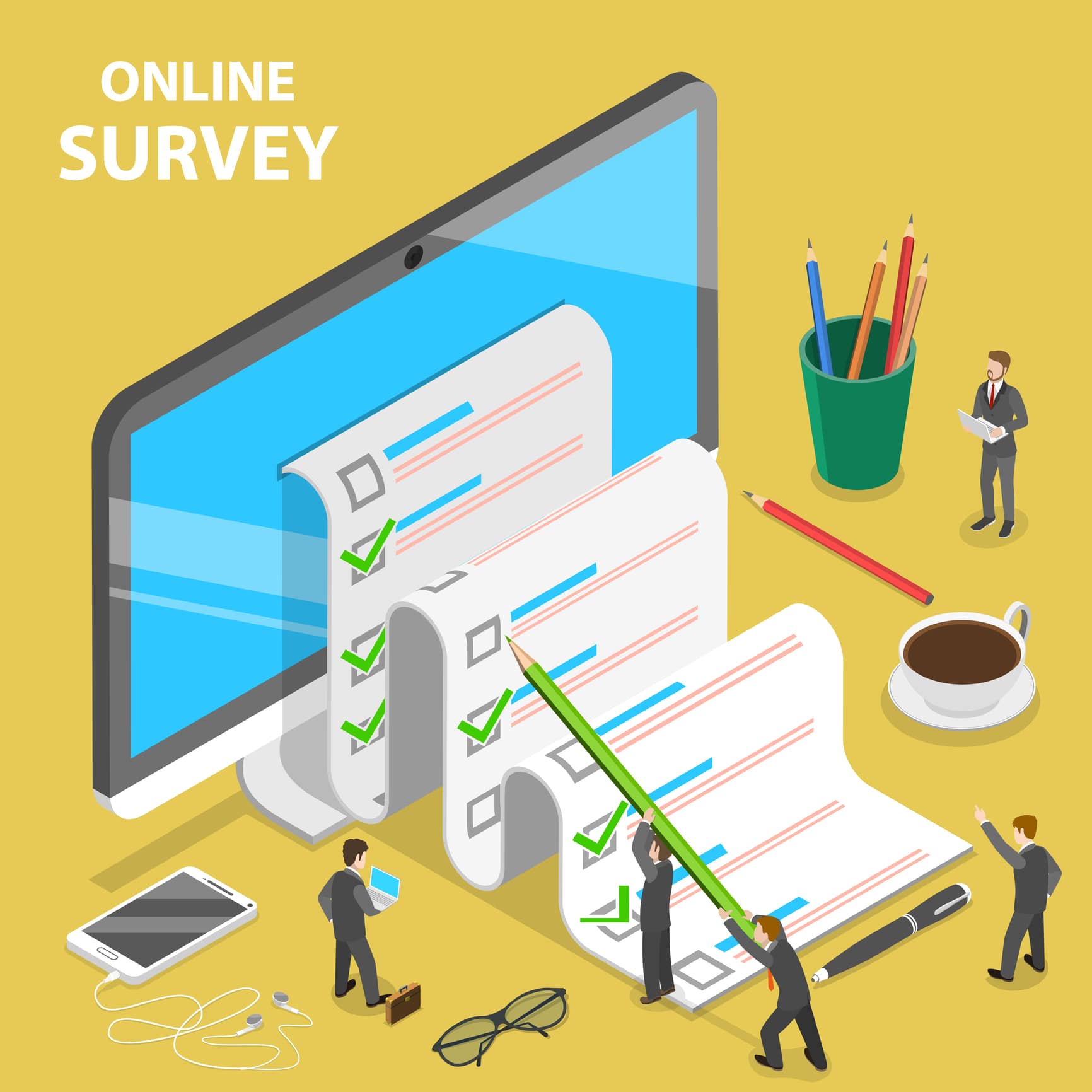Singapore’s Institute of Adult Learning (IAL) conducts an ongoing series of adult educator and provider surveys. They’re pretty extensive and detailed. Starting in 2017 with the TAE 1 survey, they are now analysing the most recent TAE 2 survey, but another was conducted in the midst of the COVID pandemic.
NCVER’s most recent study on the VET workforce in 2020 has not been as detailed in terms of the insights it provides. But the IAL’s survey, group discussions and interview findings resonate with what we know about our own Australian VET workforce because the process was far more detailed covering data collected from providers themselves and their staff.
Singapore sees that it is important that this detailed survey “is repeated every few years to build up trending data to monitor labour market changes in the TAE sector and enhance the ways of assisting the development of the TAE sector.” That could be good for our system too, perhaps?
The staffing profile
As the report authored by Chen Zan and her colleagues notes:
“There are mainly three groups of [VET] professionals, namely the adult educators (AEs), training management professionals (TMs), and human resource developers (HRDs). The AEs’ main work includes curriculum design, training facilitation, assessment, and the learning & performance consultancy (such as linking learning to business outcomes, identifying skills gaps, reducing gaps / lapse in business processes, analysing organisational business needs and indicators of business performance). TMs oversee training management that includes programme management, manpower, training resources, quality assurance, compliance and administration. HRDs build employee capacity and human capital to support business needs. This includes learning and development, talent management, performance management, organisational development and human resource planning and implementation.”
Thus, they work inside and outside VET providers. About 40% AEs work as full-time staff in training organisations. Almost 30% were freelancers (casual and sessional staff in our terms), and 22% were industry practitioners (IPs) who work in workplaces while also undertaking training/education-related work as a secondary role. Other freelancers work as AEs exclusively, much as in our system.
The researchers found that:
“TAE professionals are highly qualified in terms of academic qualifications (with 91% of them having at least diploma) and training qualifications (with 83% of them having at least 1 [occupationally related] qualification or equivalent). They are also quite experienced with at least half of them having more than five years of TAE-related working experience. However, only 1 in 3 AEs currently still hold an industry position other than TAE.”
In addition: “The top 5 skills that AEs self-reported to be proficient in were subject knowledge, teamwork, communication, problem-solving, and facilitation/training for classroom-based learning. The skills that they felt least skilled included learning analytics, entrepreneurship, curriculum design and development for e-learning, assessment for e-learning, and learning and performance consultancy.” Finally, “about 1 in 3 AEs reported lack of access to professional development as one of the challenges in their profession.”
The majority of adult educators reported favourable scores in most of the six dimensions of job quality the survey covered. Full-time AEs had better outcomes than freelancers, and that would reflect what we find in Australia as well.
And in relation to VET providers …
The survey found that “82% of training providers participated in at least one of the four areas of business innovation (product, process, organizational and marketing innovation) in the last 12 months.” In addition, there was a growth in the use of blended learning approaches by both providers (24%) and AEs (40%). A considerable proportion of training providers (47%) and adult educators (77%) also reported using learning technologies in their training related work. However, “lack of skilled personnel and cost constraints were cited as top challenges for training providers to adopt innovation.” Indeed, “about half (53%) of training providers reported that cost was either a reason behind not adopting learning technologies or “hampered the organisation’s ability to innovate.”
Finally, the top challenges that providers reported they face were: “overall business challenges such as market competition and government-related regulations (66%), operational challenges such as allocation of resources and delivery of products and services (57%), and HR-related challenges such as recruitment of qualified trainers (39.5%).”








